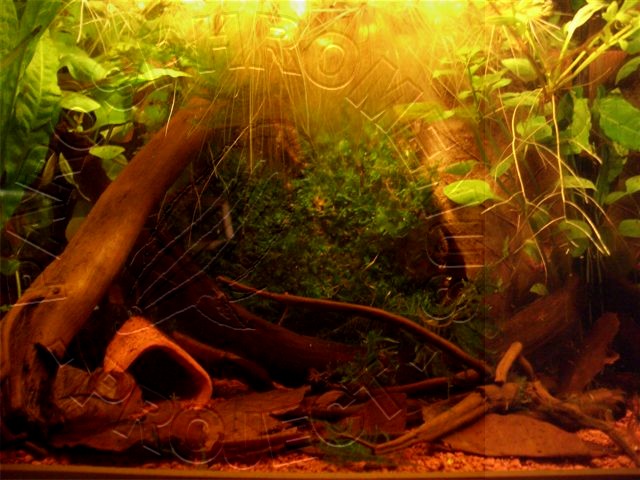The Friends of the Parosphromenus live scattered across the globe
For the standard aquarist, it is irrelevant where the next friend of the hobby lives. Pet shops are usually within reach, the rest is supplied by mail order, the usual fish, plants and the necessary accessories are almost always available. It is quite different if one keeping something special. Parosphromenus aquarists often have a problem, which is unknown to other aquarists: to make contacts with other Parosphromenus enthusiasts. In the neighborhood they are rare. Where do they live, with whom can I share experiences and fishes? This is where the network of our Parosphromenus project helps.
The densest network of amateurs of our species is still found in Central Europe : a result of the pioneering role of Walther Foersch. But also in the north and west Europe, there are now smaller centers of lovers of Parosphromenus. There is another center far from here in Japan. In other areas, including in the U.S., so far there are no centers, but some hobbyists and experts dealing with this species. In our network, currently missing addresses are only from Africa and Australia. It is perhaps only a matter of time until the first arrive from the latter is.
Germany is still the country with most Parosphromenus enthusiasts. This density is still a consequence of the fact that here, in the middle seventies, of the 20th Century, Parosphromenus aquaristics began with the thorough research of Dr. Walther Foersch . The IGL was, since its foundation in 1979, the leading Labyrinth Fish Association and produced other experts. Some of them from the eighties went on succesful exploratory trips to Malaysia and Indonesia (eg Horst Linke, Dietrich Schaller, Norbert Neugebauer, Gunter Kopic, Jacob Geck , Martin Hallmann and others). Their names are connected permanently to this genus (for instance as ’godfather’ for P.linkei) and Schaller (as first descriptor of P.nagyi). After P.deissneri (Bleeker, later redescribed by Kottelat) and P.paludicola (Tweedie) it was the German biologist Jörg Vierke, who in the seventies, described the next two Parosphromenus (P.filamentosus and P.parvulus). Much later, Horst Linke founded the working group ’Labyrinth Fish / EAC’ which became an internationally active group, that by its activity in particular helped to bring more forms of Parosphromenus to Europe. In Switzerland, there were aquarists who have merit from discovery and breeding services, for example Alfred Waser. The Swiss ichthyologist Maurice Kottelat has become one of the foremost experts in the Southeast Asian fish fauna and one of the most industrious taxonomists in recent decades, including the most species of Parosphromenus, partly described together with the Singaporean Professor Peter Ng.
In England, it was primarily the German-born William Harvey, who madee Licorice gouramis known on the island. Unfortunately, not many followed him, with the exception of a married couple with great consistency and dedication: Barbara and Allan Brown. Some fish retain their names (including Betta species such as B.brownorum) and they discovered and described P. allani and P. harveyi . In the Netherlands,for many years, Karen Koomans held high the banner of Parosphromenus breeders and on this journey, had some companions and followers. In France, the CIL is a center of Labyrinthfisch aquaristic, and individual enthusiasts (such as Olivier Perrin) developed to become outstanding breeders, including for species of Parosphromenus. In recent years a further, somewhat scattered centre was growing in the Scandinavian countries . In other European countries, particularly in Eastern and Southern Europe, there appear to be only isolated experts for these fish.
The only other significant center is located in Japan. Due, not only to the greater geographical proximity, but also to the strong Chinese traditions in the home countries of our fish, there are many contacts with the inhabitants of the homelands of Parosphromenus. This, together with joint ventures with travelling European enthusiasts, including by increasing the economic interest of ornamental fish exports, more and more people from West Malaysia, Sarawak and Kalimantan are interested in this little known and almost forgotten jewels of disappearing native forests. Slowly the conviction developed that their protection should be a major concern of the present generation.
(PF) 


